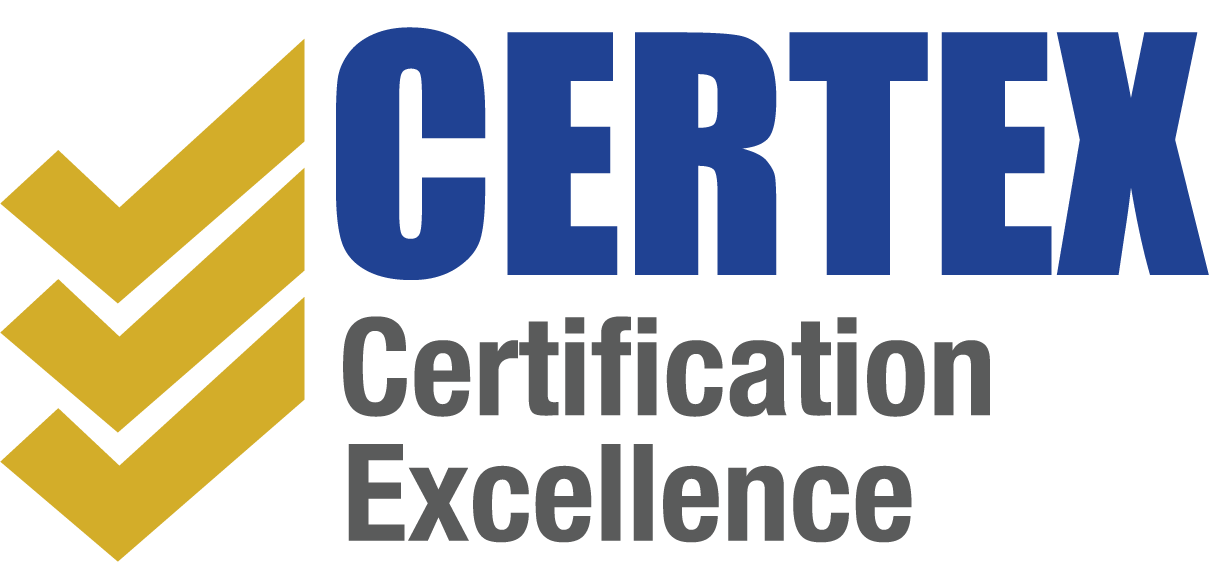Underrecognised Groups in Workplace Safety: Disability, Menopause, Religion, and more
‘Working together to support all workers’
This is the theme for Week 3 of National Work Safe Month this October.
“All workers have the right to be safe at work. Factors known to affect workers’ WHS vulnerability include being younger, working alone, being from a culturally and linguistically diverse background or working in a more complex contractual chain (e.g. labour hire).”
— Safe Work Australia
This article considers some particularly vulnerable groups when it comes to equal opportunity employment and workplace safety.
Disability
Under the Equal Opportunity Act 2010, employers must make ‘reasonable adjustments’ to allow people with disability or injury to work productively and safely.
Employees do not need to tell employers about their disability. However, it may be practical to inform employers if it affects your ability to perform your duties or if workplace changes are required.
‘Reasonable adjustments’ can be as small as modified work hours or as large as changes to workplace equipment and design. Adjustments may be lawfully unreasonable if it is very costly or will cause great disruption in the workplace.
Culturally and Linguistically Diverse (CALD)
In 2021, 3 in 10 people living in Australia were born overseas, and 1 in 4 spoke a language other than English at home.
It is important for businesses to recognise the needs of CALD workers and implement suitable communication channels to meet their WHS obligations.
WorkSafe Victoria has outlined four steps to communicate health and safety in a CALD workplace:
Consult – gather information on workers’ preferred languages and language skills
Find – establish what information you need to communicate and how to communicate it so that everyone understands
Fix – provide health and safety information through face-to-face discussions, supported by visual signs and diagrams in different languages if necessary
Review – ask questions to ensure CALD workers understand the policies and procedures, and regularly review processes for communicating with CALD workers
Pregnancy
With pregnant employees, communication is key to assess how the employee can continue to work safely and productively and whether any work responsibilities need to change.
An employee cannot be discriminated against (i.e. fired, demoted, treated differently) because they are pregnant. For example, if an employer reduces a worker’s hours against their wishes, that is discrimination, even if the employer beliefs they are helping the worker. Of course, reduced hours can be arranged in mutual agreement.
However, if a pregnant employee wants to work in the six weeks before their due date, their employer is entitled to request a medical certificate proving fitness to work.
Menopause
A 2021 study found that 83% of Australian women experiencing menopause were affected at work, but only half would feel comfortable speaking with their manager about it.
Menopause is natural stage of life but also a gender and age-equity issue – it is a major barrier to workforce participation for older women.
Tips on improving menopause awareness in the workplace:
Recognise how work patterns could impact symptoms and allow flexible working arrangements where possible
Include coverage of menopause in leave policies
Train managers to understand menopause and how to have sensitive conversations with workers
Menopause Infromation Pack for Organisations (MIPO)
MIPO is a free suite of resources to help workplaces support menopausal transition. It was created in 2019 and informed by six years of gathering internationally recognised research.
Prayer and religion
Religion can be an uncomfortable topic of conversation, but ignoring the religious needs of employees may lead to discrimination issues.
Australian workplaces reflect the cultural diversity of our nation. Employers should actively accommodate any beliefs and practices where possible and set clear expectations. This will minimise conflict with job requirements or existing policies and procedures.
What is the law?
According to the Fair Work Act, it is unlawful for employers to discriminate against an employee based on religion.
‘Religion’ can also refer to religious practices. Consider an employee who desires prayer breaks during the day. The law indicates that the employer must allow prayer breaks unless they can prove that doing so will create an unreasonable negative impact on the workplace.
Some states, like South Australia, specifically prohibit discrimination against an employee for wearing religious clothing or adornment. An exception would be in cases where such clothing creates a safety hazard. For example, a female employee is entitled to wear a head scarf unless doing so poses a risk (e.g. loose clothing caught in operating machinery).
It can be confusing, especially because different states have different laws. When in doubt, take a common-sense approach:
Prioritise professional conduct and experience over appearance or personal beliefs when hiring workers
Ensure workplace rules apply equally to all employees and do not indirectly discriminate against certain employees
Promote inclusivity, diversity, and flexibility in the workplace
Is your workplace safe for all workers?
All workers have the right to be safe at work, and the above groups are often overlooked.
Businesses should regularly review their policies and procedures to ensure that all employees are supported. The smartest and most effective way to do this would be to conduct an independent safety risk assessment.
At Certex, we are compliance and risk specialists. Our iSafe Program considers the unique needs to your business to evaluate risks, identify gaps, and ensure you are compliant with your legal obligations under the WHS Act.
Let’s ‘work together to support all workers’.




